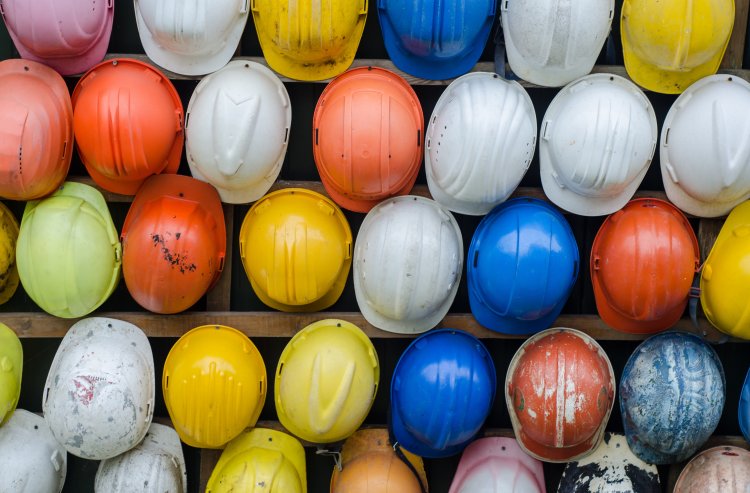In some work environments, wearing the wrong clothing could put you at added risk of an injury. These risks aren’t always obvious and finding the right clothing may not always be as simple as you may assume. Below is a brief guide to choosing the right protective clothing.
Invest in the right PPE
Personal protective equipment (PPE) is required by law in many lines of work. A few examples of PPE include:
- Helmets: Headwear such as hard hats can protect against falling objects in many industries.
- Gloves: Gloves can help to protect the hands from burns and abrasions.
- Eye protection: Eye protection could be necessary for providing a barrier against bright light, chemicals or other harmful substances.
- Facemask: A face mask can prevent the inhalation of contaminants in the air.
PPE should be sourced from trusted suppliers to ensure that it’s truly safe. You should avoid ordering it from other countries where health and safety may not be as rigorous. Make sure to keep your PPE in good condition and to store it properly – mistakes such as keeping gloves in a hard hat could lead to harmful substances being transferred onto the scalp.
Step up your footwear
Footwear is sometimes considered to be part of PPE. Different industries can benefit from different types of footwear. For example, in a manufacturing plant it could be essential to have boots with a good grip and steel toecaps. It’s worth noting that not all steel cap boots may offer the same protection. Guides such as this one at Do Fashion could be worth reading to ensure that you buy a decent brand.
In other workplaces, footwear may simply be necessary to prevent long-term injuries from standing up for long periods. For instance, in hospitals comfortable sneakers are often recommended to prevent strain on the joints.
Avoid loose clothing/accessories
Loose clothing and accessories could pose a hazard in certain workpaces where there may be machinery. A baggy sleeve, tie or necklace could get caught on something. It could therefore be essential to put a ban on such clothing.
When avoiding looseness, it’s important to also not go so tight as to restrict movement. In avoiding baggy sleeves, it could also be important not to opt for sleeveless shirts which may offer no arm protection against hazards like burns.
Be wary of flammable materials
In work environments involving open fire, it could be important to avoid clothing made of potentially flammable materials. Cotton, linen and viscose rank among some of the most flammable materials and should be avoided. Acrylic, polyester and nylon tend to be safer options.
Make sure you’re visible
If you’re working in the dark, it could also be essential to keep yourself visible to others. Reflective clothing could be important when working on a construction site at night. A helmet with a flashlight could also be handy in certain workplaces – not just for helping you to see where you’re going, but for alerting others of your presence. Black clothing may be best avoided in the dark.
(Cover Image Source: Pexels)

